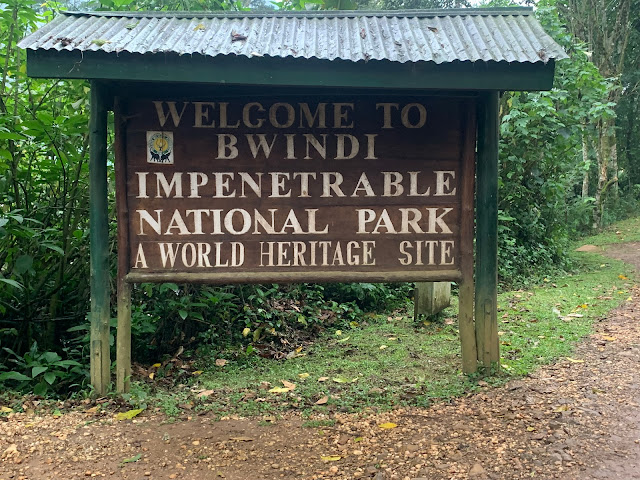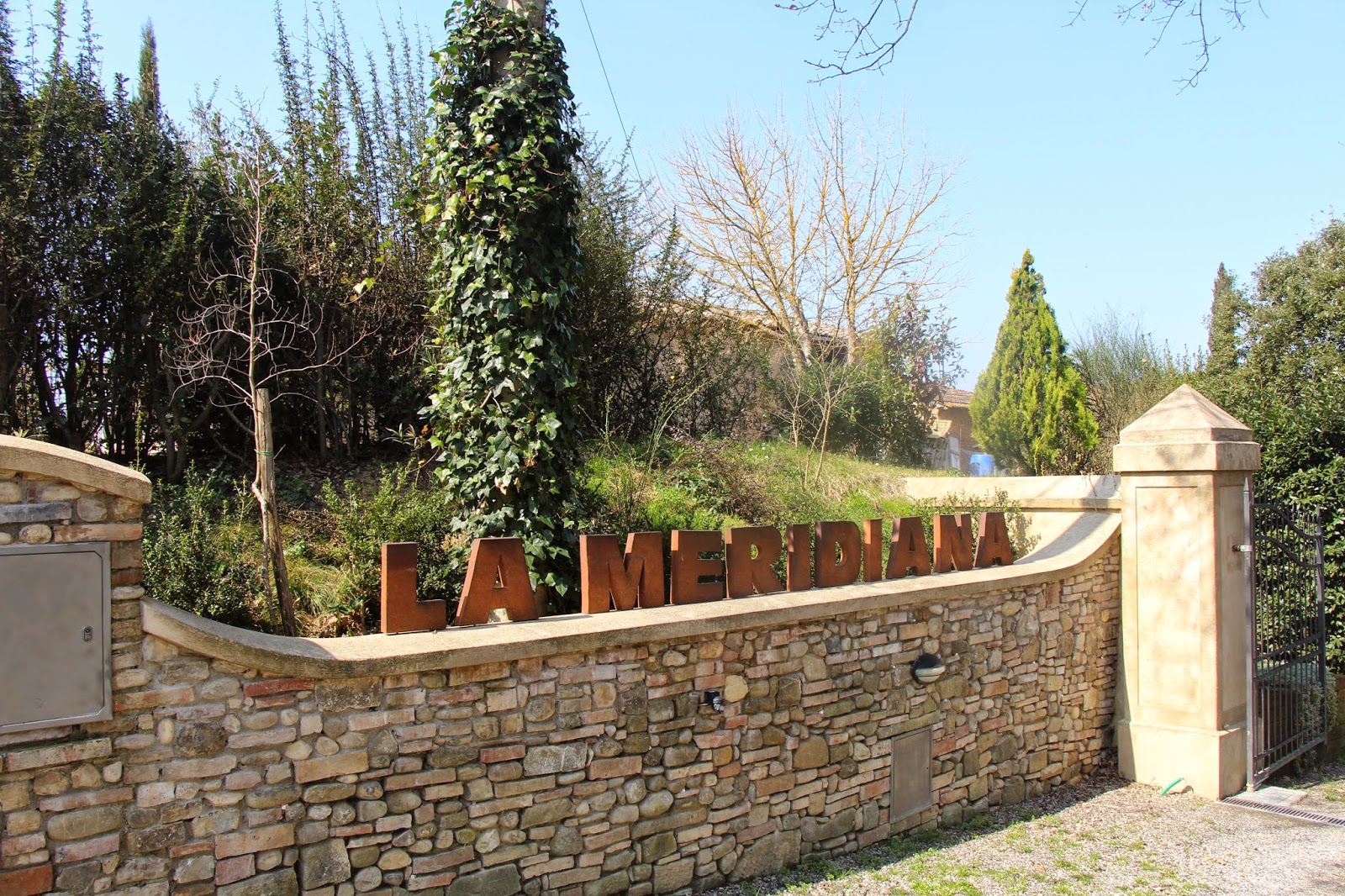After our quick stop in Johannesburg, we arrived in Cape Town. Our pilot got the go ahead from air traffic control, and we flew around Robben Island and Table Mountain before landing.
 |
Table Mountain from the air.
|
|
The following day, we went to Cape Point, at the southeast corner of the Cape Peninsula. Portuguese explorer Bartolomeu Dias rounded the Cape Peninsula in 1488 and named it the "Cape of Storms" for the bad weather. About a decade later, Vasco da Gama navigated the same route and sailed down the coast of Africa, successfully opening the trading route for Europe with India and the Far East. King John II (also from Portugal) renamed it the "Cape of Good Hope" because of the optimism from opening this new sea route. The original lighthouse was built in 1859 on the summit of Cape Point. However, it was very ineffective in mist and heavy fog so a second lighthouse was built lower down.
 |
Lighthouse at Cape Point.
|
|
I chose to walk up the 100-something stairs to the top, where I was treated to stunning panoramic views of Cape Town.
 |
View from the top of the lighthouse.
|
From there, we left for Boulders Beach. More than 3,000 penguins occupy the mainland. Nestled in a sheltered cove between Simon's Town and Cape Point, Boulders has become world famous for its thriving colony of African penguins. While it is in the middle of a residential area, it's one of the few sites where the penguins can be observed at close range, wandering in a protected natural environment.
 |
| Entrance to Boulders Beach. |
From about two breeding pairs in 1982, the penguin colony has grown considerably in recent years. Lately, there has been a reduction in commercial pelagic trawling in False Bay which has increased the supply of pilchard and anchovies (an integral part of their diet). Because of their donkey-like call, these penguins were previously named the Jackass Penguin. Since several species of South American penguins have a similar sound, however, these local birds have been renamed the African Penguin since they are the only penguin species that breeds in Africa.
 |
View of the penguins through the boardwalk railing.
|
|
Their distinctive black and white coloring is a vital form of camouflage. When penguins swim and predators look upwards toward the surface of the water, the white belly of the penguins blends in with the Epipelagic Zone of the ocean where the sun rays shine.
 |
Colony of African Penguins.
|
|
It is currently moulting time, when old worn feathers are replaced during the annual moult. During this period, the penguins lose their waterproofing and are confined to land for about 21 days. African Penguins "fatten up" before the moult, which is essentially a period of starvation. Peak moulting time is during December, after which time the penguins head out to sea to feed. They return in January to mate and begin nesting from about February to August.
After lunch, we left for a helicopter ride over the Atlantis seaboard and where the Atlantic and Indian Oceans meet. See below for a few pics!
 |
Looking down from the helicopter.
|
|
 |
Table Mountain as seen from the helicopter.
|
|
 |
The helicopter we were in.
|
|
Thanks for reading about my African adventures... Stay tuned for what's to come and be sure to hit the subscribe button to be notified of new posts! As always, follow my instagram @elissatitle for more pics.























Comments
Post a Comment